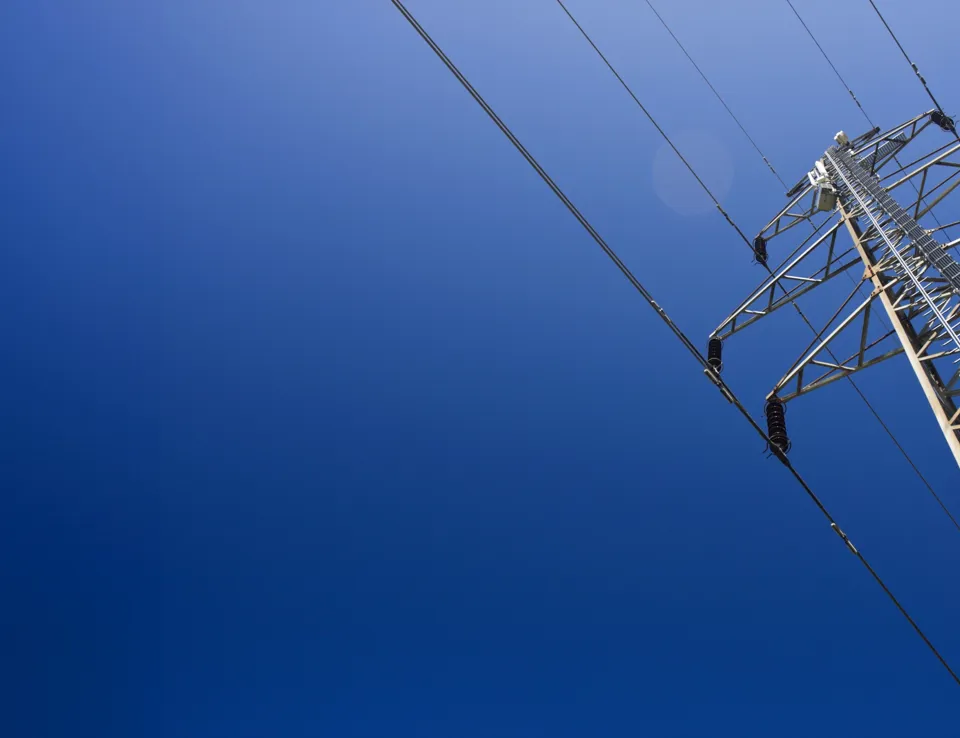Ricardo's climate action plan: A blueprint for airport climate resilience
Highlands and Islands Airports Limited (HIAL) is responsible for 11 regional airports providing lifeline services to some of Scotland’s remotest communities across the Highlands and Islands.
In early 2023, Ricardo was commissioned to assess HIAL’s current and future physical climate-related risks and mitigating actions.
Ricardo used its tried and tested approach to climate risk assessment, which is based on the definitions of terms used by the Intergovernmental Panel on Climate Change (IPCC). Ricardo’s team comprised its international experts on climate adaptation supported by its aviation and water specialists.
Ricardo undertook an initial desk-based assessment of physical climate-related risks to the airports’ operations, local infrastructure and HIAL’s strategic functions. This was then refined and validated with HIAL’s airport managers and used to help them make well-informed, strategic decisions on how to mitigate those risks.
The systematic process used for the assessment is now embedded within HIAL’s operational risk management processes and the tool developed by Ricardo to assess climate risk is incorporated in future asset investment decisions.
Challenge
Across the globe, the aviation industry is highly sensitive to climate-related hazards. Resultant climate vulnerabilities and risks may severely disrupt airport operations, delay passengers, and ultimately, reduce the safety of air travel.
The most recent IPCC report states that countries nationally determined contributions (NDCs) to the Paris Agreement make it likely that warming will exceed 1.5°C during the 21st century, with every additional increment of global warming increasing the severity of extreme events. However, it also notes that current policies and financial flows are inadequate to deliver the NDCs. Indeed, recent academic literature identifies the most likely scenario by 2081-2100 is that global temperatures will rise by 2.1 to 3.7 °C and that a rise of 3.3 to 5.7 °C is the closest match with our current emissions trajectory.
As HIAL’s airports provide a lifeline service to individuals, communities and businesses across Scotland’s Highlands and Islands, it is essential for HIAL to ensure that its operations, infrastructure, and strategic functions are resilient to climate variability and change. Lives depend on it.
Our approach
Our approach to climate risk assessments systematically establishes and interacts ratings of the components of climate risks in accordance with the IPCC’s definitions of terms (see Figure 1). This then enables identification of mitigating actions that reduce sensitivity to climate-related hazards, increase adaptive capacity (i.e., ability to cope with hazards and recover after they occur), and/or reduce exposure to climate-related impacts.

Figure 1 Our approach to climate risk assessments
The sensitivity to climate-related hazards of the airports’ operations, local infrastructure and HIAL’s strategic functions and associated adaptive capacities were rated in order to rate climate vulnerabilities. The magnitude and frequency of their potential exposure to projected future hazards was then considered to rate potential climate impacts and in combination with their likelihood resulted in ratings of climate risks.
Ricardo led two workshops with airport managers from each of HIAL’s regional airports and key HIAL staff. The first workshop refined and validated the risk assessment. The second workshop identified mitigating actions to reduce risks additional to relevant existing control measures.
Some of the initiatives implemented soon after the workshops by the airport managers include:
- Updated risk assessment process
- Increased understanding on terminal buildings and HSE for employees
- Raised electrical sockets
- Invested in more PPE for employees
- Increased flood defences by local river to stop contamination
Across the HIAL group they now have a built-in step of any project, looking at climate risk in any project that is being taken forward
Forward looking at future opportunities that climate change is presenting (evaluating rainwater harvesting across the airports).
Head of Environment and Sustainability at HIAL, Gayle Barclay commented “We are seeing the real impacts of climate change on our operations now, meaning we needed a more robust approach to how we manage and assess these climate risks and Ricardo’s climate change adaptation experts have really helped us with this. Following the IPCC definition of terms really helped break down the key elements of risk we needed to consider, in a manner that each airport manager could interpret for their own unique circumstances. By embedding the Ricardo recommended approach into our risk management systems we are more prepared for the impacts we can expect from climate change, which means we are more prepared to continue providing the lifeline services we provide for some of Scotland’s more remote communities, as well as the tourists and business passengers that drive the economy across the Highlands and Islands.”
Outcomes
To ensure that HIAL’s response to climate risks remains effective further actions were agreed for implementation:
- Responsibilities are assigned for all identified climate risks, which should be incorporated into HIAL airports’ existing risk registers
- The climate risk register is reviewed annually to check that the existing and future control measures (i.e., adaptation actions) are implemented, the climate risks are regularly reassessed and any additional climate risks are included in the register
- The annual review of climate risks pays due heed to the latest climate science to ensure that existing and future control measures are appropriate
- External stakeholders to the airport and aviation industry continue to be consulted to share best practices regarding climate risk assessment, adaptation, and resilience.
The summary report is complemented by a supplementary document detailing individual regional airport risks following the standard DEFRA airport climate change risk assessment, which is currently being revised.










